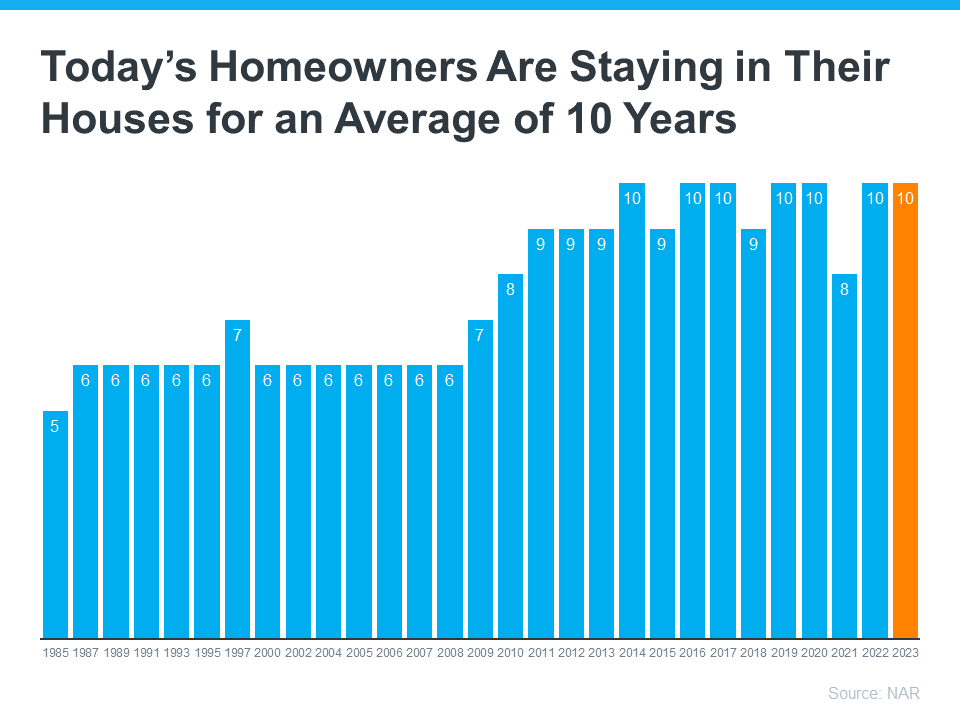Q:What should first-time homeowners know as they settle into their homes?
Congratulations, you bought a home! You overcame a myriad of homebuying obstacles to achieve the American dream. You also fixed your monthly housing payments and will hopefully be building equity for years to come.
Now that you’re a homeowner, what comes next?
You might be itching to take down a non-load-bearing wall and start redecorating. However, there are a few more practical (i.e., way less fun) things to add to your to-do list first.
Below are six steps new homeowners should take before they break out the sledgehammer.
1. Say hello to your neighbors
You might need more than to borrow a cup of sugar from your neighbors. These folks are an invaluable source of local knowledge. They’re likely aware of any problems and quirks in your shared building/complex/block, can assist in a pinch, and know which homes have children around the same age as yours.
They are also an excellent source of recommendations. Need a plumber or a roofer? They might have great field-tested suggestions of whom to call—and whom to avoid. Plus, it’s nice to get that invitation to the backyard barbecue or summer soiree.
Takeaway: Wave hello, and introduce yourself the next time you see your neighbors.
2. Brush up on local regulations
Before you paint the exterior of your home a new color, add a new bathroom, or even have that annoying overgrown tree taken down, you should be aware of local regulations. These can be the rules of your building or complex, homeowners association, town or city, county, or a combination of the above. Historic designations might also restrict how new homeowners can alter their properties.
Those who decide to risk it—asking for forgiveness rather than permission—could be hit with stop-work orders, hefty fines, and the prospect of having to rip out all of those improvements when it comes time to put the home on the market. If not sooner.
And keep in mind, local regulations are truly local: They can vary dramatically across the same city. Even minor offenses, such as putting out the trash on the wrong day, can lead to fines.
Takeaway: Brushing up on your HOA covenants, conditions, and restrictions, or CC&Rs, or searching Google for what’s permitted could save you money and big headaches.
3. Buy the ‘boring’ necessities
If you’re moving from an apartment to a house in the suburbs where it snows every winter, you’re probably going to need a shovel. A rake and a lawn mower might also come in handy. A tool kit wouldn’t be a bad idea either.
Granted, it’s not as fun to shop for, say, ladders, as statement chairs and smart TVs. You’re probably not going to put together aspirational Pinterest boards or ask your design-savvy friends for their opinions on them either. But that boring ladder might come in handy if you need to clean out the gutters or trim some tree branches.
Takeaway: It’s better to be prepared than the alternative. Trust me on this.
4. Be realistic about your abilities
It’s one thing to attempt fixing a clogged drain on your own. It’s quite another to attempt to rewire your home after watching a few how-to TikTok or YouTube videos.
Sure, if you’re successful you could save some money. But if you’re not, and you make the problem even worse, it could cost you a whole lot more than if you’d just called in the professionals from the start.
So instead of tackling a big DIY project in your first few weeks of homeownership, start with something small. You can always work your way up to larger projects over time.
Takeaway: Start your homeownership journey as more of a realist than an optimist.
5. Build your roster of professionals
As a new homeowner, you will quickly learn that problems are going to arise—issues that you could never have imagined. Even if this isn’t your first home, you’ll see that every property is unique with its own set of challenges. Fortunately, there is a professional out there for just about all of those troubles. You just need to identify them.
Consider asking for recommendations for a handyperson, an electrician, a plumber, a roofer, an HVAC technician, an exterminator, and whoever else you might need. Some folks I know use a snowplow service to clear their driveways in the winter, others do it themselves. The same goes for landscapers and gutter cleaners.
It’s much better to have put together a roster of professionals you can call in a pinch than to wait for an emergency to strike. You don’t want to frantically be Googling plumbers after a pipe explodes. You also probably won’t care so much about how many stars customers awarded them or their reputation for quality and value in those moments.
Takeaway: Put together your team of pros well before disaster strikes.
6. Set aside money every month for maintenance and repairs
Things are going to go wrong. And when they do, you’re likely going to receive a bill with higher numbers than you’d prefer. Even if your property passed your home inspection with flying colors, appliances are going to die a sudden death, boilers will need to be serviced, and the roof will eventually need to be replaced.
That’s why experts recommend homeowners put aside 1% to 4% of the value of their home every year to cover maintenance and repairs. You might want to consider putting down even more. You might not have many issues in your first few years of homeownership, especially if you purchase new construction, but inevitably something big and expensive will go bust.
Takeaway: Take however much you thought home maintenance and repairs would cost, and then double that number. If you live in an expensive area, triple it.
For the original article By Clare Trapasso visit Realtor.com.














